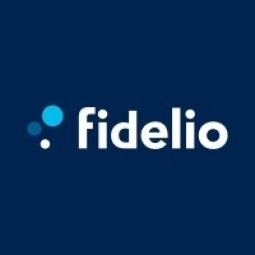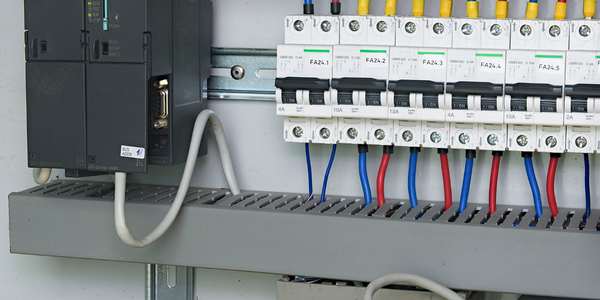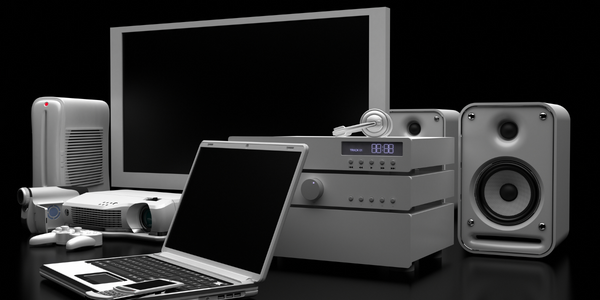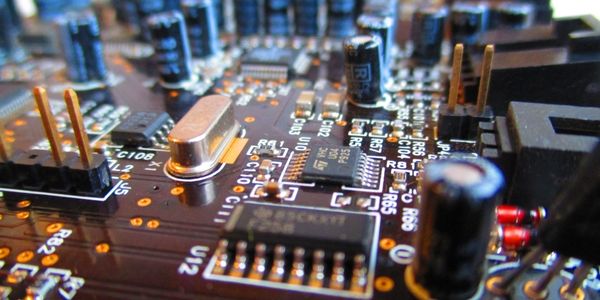How Coractive Supports its International Growth Through a 360-Degree View of its Operations With Fidelio’s ERP System

Customer Company Size
SME
Region
- America
- Asia
Country
- Canada
- China
- United States
Product
- Fidelio’s ERP System
Tech Stack
- Cloud ERP software
- Microsoft’s Excel and Access software
- Sage
Implementation Scale
- Enterprise-wide Deployment
Impact Metrics
- Productivity Improvements
- Cost Savings
Technology Category
- Functional Applications - Enterprise Resource Planning Systems (ERP)
Applicable Industries
- Electronics
Applicable Functions
- Discrete Manufacturing
- Sales & Marketing
Use Cases
- Inventory Management
- Manufacturing System Automation
- Supply Chain Visibility
Services
- System Integration
- Software Design & Engineering Services
About The Customer
Coractive is a designer and manufacturer of innovative optical fibers and fiber lasers based in Québec City. The company is experiencing rapid international growth, with a significant presence in Asia, the USA, and Canada. With 65 employees and an office in China, Coractive typically managed its data through expert use of Microsoft’s Excel and Access software as well as Sage for basic accounting. However, the company found it difficult to make fast decisions based on reliable information, which was crucial to meet the demand of its OEM customers profitably. Furthermore, in their key Asian markets, the intensifying competition had led to dropping prices, necessitating more precise control of its costs and profit margins.
The Challenge
Coractive, a designer and manufacturer of innovative optical fibers and fiber lasers, was experiencing rapid international growth. However, the company found it difficult to make fast decisions based on reliable information. The company's data was managed through Microsoft’s Excel and Access software as well as Sage for basic accounting. However, these documents did not communicate with each other, resulting in data silos and time-consuming report assembly for business analytics. Furthermore, in their key Asian markets, the intensifying competition had led to dropping prices. To remain competitive, Coractive needed more precise control of its costs and profit margins. The company needed a solution that could offer system flexibility to accommodate growth, be simple to use, deliver a rich set of functions, process the scientific data required for the manufacture of fiber optic products, integrate seamlessly with existing systems and applications, and be cost-effective.
The Solution
Coractive decided to implement Fidelio’s ERP System, a cloud ERP software developed and implemented by Commsoft Technologies. The implementation was carried out in two phases. The first phase involved setting up the ERP system and supporting the employees as they adapted to the digital transformation of their ways of working. The ERP system provided Key Performance Indicators (KPIs) presented in dashboards, enabling Coractive leadership to view a simple visual presentation of data gathered from every functional area of their business. The system also expanded the capabilities of the leadership for more sophisticated financial planning. The sales team was able to simplify the management of their daily tasks and gain overviews of customers, leads, orders, and commissions. The system also improved inventory management and procurement. The second phase of the digital transformation will launch in 2021, with additional modules added to Fidelio to have all company apps contained within the ERP system.
Operational Impact

Case Study missing?
Start adding your own!
Register with your work email and create a new case study profile for your business.
Related Case Studies.

Case Study
Remote Temperature Monitoring of Perishable Goods Saves Money
RMONI was facing temperature monitoring challenges in a cold chain business. A cold chain must be established and maintained to ensure goods have been properly refrigerated during every step of the process, making temperature monitoring a critical business function. Manual registration practice can be very costly, labor intensive and prone to mistakes.

Case Study
Predictive maintenance in Schneider Electric
Schneider Electric Le Vaudreuil factory in France is recognized by the World Economic Forum as one of the world’s top nine most advanced “lighthouse” sites, applying Fourth Industrial Revolution technologies at large scale. It was experiencing machine-health and unplanned downtime issues on a critical machine within their manufacturing process. They were looking for a solution that could easily leverage existing machine data feeds, be used by machine operators without requiring complex setup or extensive training, and with a fast return on investment.

Case Study
Cloud Solution for Energy Management Platform-Schneider Electric
Schneider Electric required a cloud solution for its energy management platform to manage high computational operations, which were essential for catering to client requirements. As the business involves storage and analysis of huge amounts of data, the company also needed a convenient and scalable storage solution to facilitate operations efficiently.

Case Study
Leveraging the IoT to Gain a Competitive Edge in International Competition
Many large manufacturers in and outside Japan are competing for larger market share in the same space, expecting a growing demand for projectors in the areas of entertainment, which requires glamor and strong visual performance as well as digital signage that can attract people’s attention. “It is becoming more and more difficult to differentiate ourselves with stand-alone hardware products,” says Kazuyuki Kitagawa, Director of Service & Support at Panasonic AVC Networks. “In order for Panasonic to grow market share and overall business, it is essential for us to develop solutions that deliver significant added value.” Panasonic believes projection failure and quality deterioration should never happen. This is what and has driven them to make their projectors IoT-enabled. More specifically, Panasonic has developed a system that collects data from projectors, visualizes detailed operational statuses, and predicts issues and address them before failure occurs. Their projectors are embedded with a variety of sensors that measure power supply, voltage, video input/ output signals, intake/exhaust air temperatures, cooling fan operations, and light bulb operating time. These sensors have been used to make the projector more intelligent, automatically suspending operation when the temperature rises excessively, and automatically switching light bulbs. Although this was a great first step, Panasonic projectors were still not equipped with any capability to send the data over a network.








